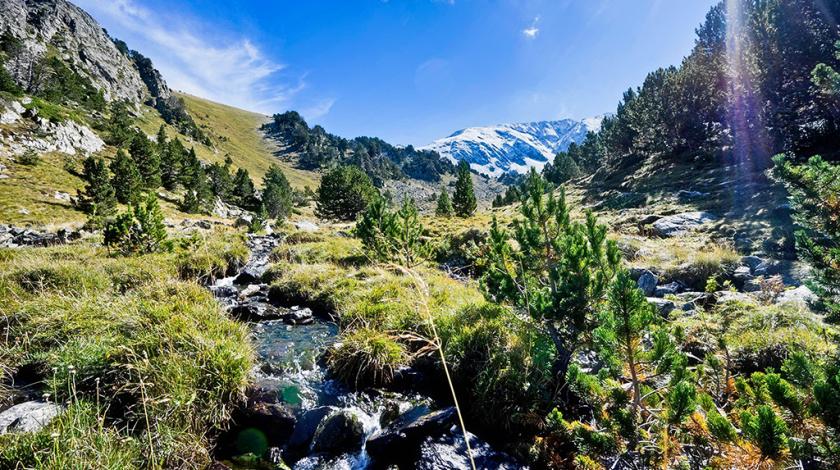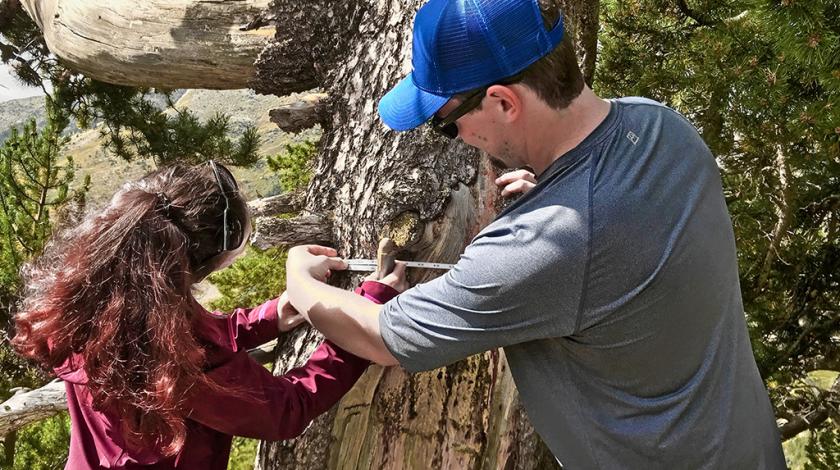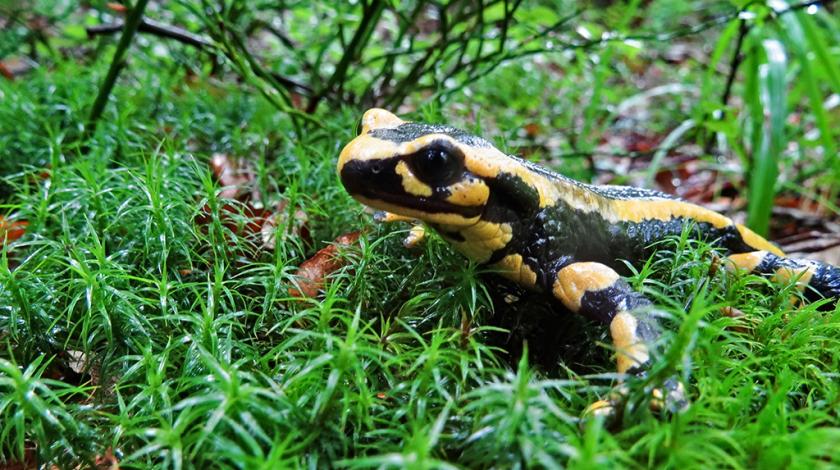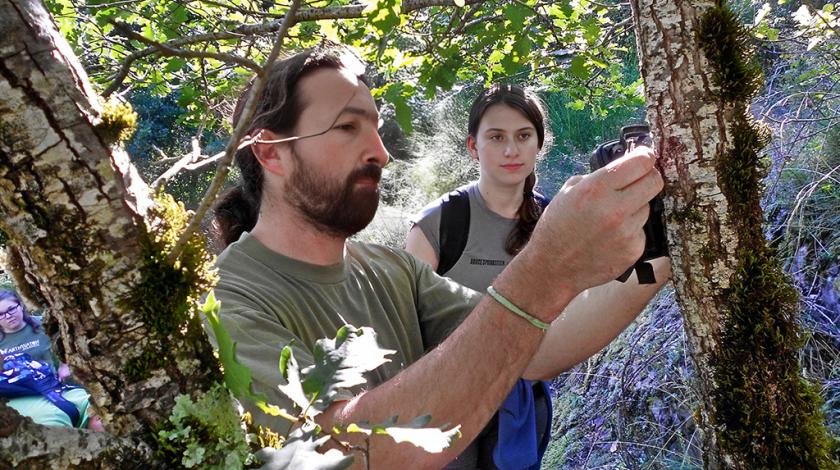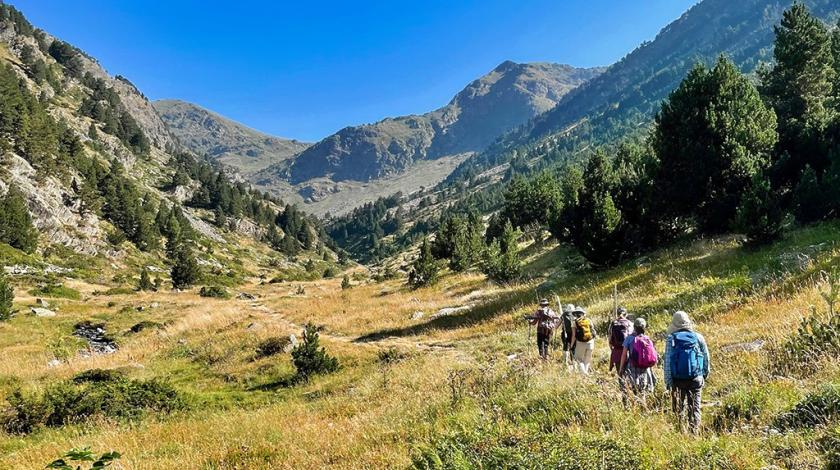BOOK WITH A $500 DEPOSIT
Wildlife in the Changing Andorran Pyrenees
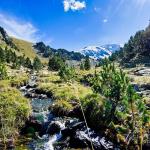



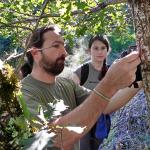

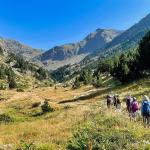
Environmental change shows itself in countless small ways. Engage your powers of observation to discover evidence of these changes in one of the world’s most fragile and beautiful places.
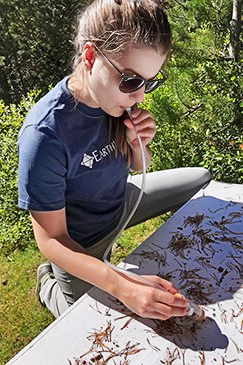 In the high slopes of the Andorran Pyrenees, as in other mountain regions, climate change has already begun to alter the landscape. Some species are moving to higher latitudes, and some have started to decline. The ways humans use the land also cause shifts in the natural order of things, but little research has been done on how people have impacted this particular place. Questions of how climate change and human encroachment continue to alter this alpine world need answers as local organizations work towards sustainable solutions.
In the high slopes of the Andorran Pyrenees, as in other mountain regions, climate change has already begun to alter the landscape. Some species are moving to higher latitudes, and some have started to decline. The ways humans use the land also cause shifts in the natural order of things, but little research has been done on how people have impacted this particular place. Questions of how climate change and human encroachment continue to alter this alpine world need answers as local organizations work towards sustainable solutions.
While trekking through this striking landscape, you’ll be among the first to search for these answers. Not much is known about the amazing biodiversity of the forests and alpine meadows, and your team will help identify the key species in the ecosystem and how they are changing. You will weigh and measure small mammals and find boreal owls and other bird species by visiting their nest boxes and spotting them through binoculars. You will also study alpine flora, follow the growth of tree species, and detect bats. These tasks will help researchers learn how animals are faring and how to protect key species best. Understanding the timing of such processes can help scientists learn if species’ life cycles are becoming out of sync with each other, which could have serious consequences for the health of this ecosystem.
.
A Typical Itinerary
- Day 1: Arrival, introduction to research
- Days 2–8 (spring, summer, fall teams): Training on sapling techniques and activities, small and large mammal monitoring, bird monitoring, vegetation surveys, soil surveys
- Day 9: Departure
.
.
HOW YOU WILL HELP
.
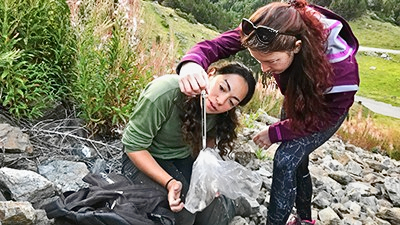
Monitor small mammals
Keep an eye on the health of vole, mouse, and shrew populations by capturing them, collecting measurements, and safely releasing them.
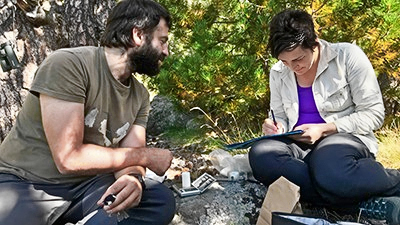
Track biodiversity
In each of the 12 sampling stations, you will check some of the more than 100 nest boxes for birds installed and monitor camera traps set up by the researchers.

Tree Growth Surveys
Assess the survival and growth of two species of planted pine trees and collect measurements on the growth rates of trees at various elevations.
In the late afternoon, the team will return to the hotel to rest, record data, and identify photos of animals taken by camera traps. Evenings will include a communal dinner and time to rest, visit local sites, or learn more about the research.
Field conditions and research needs can lead to changes in the itinerary and activities. We appreciate your cooperation and understanding.
.
FEEDBACK & QUESTIONS
8 Reviews on this Expedition
GET EARTHWATCH NEWSLETTER
Bi-weekly announcements, new expeditions, and updates on our impact around the globe.
